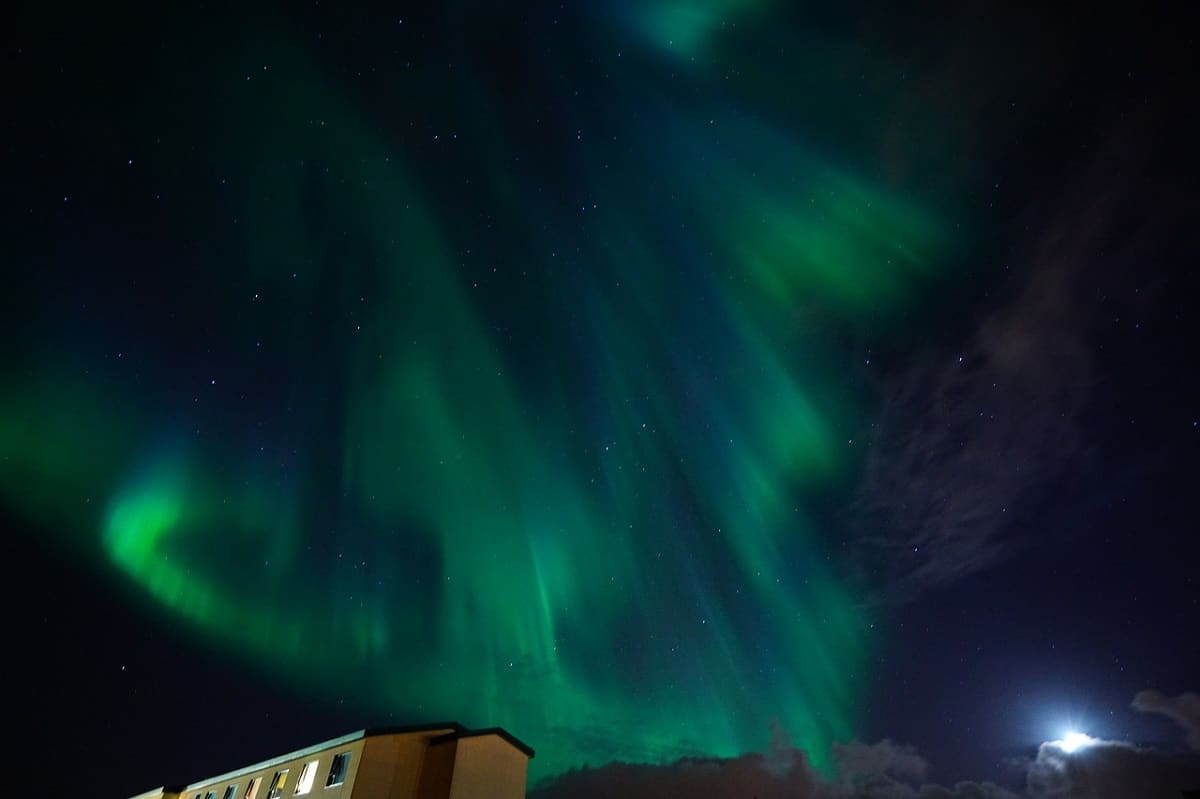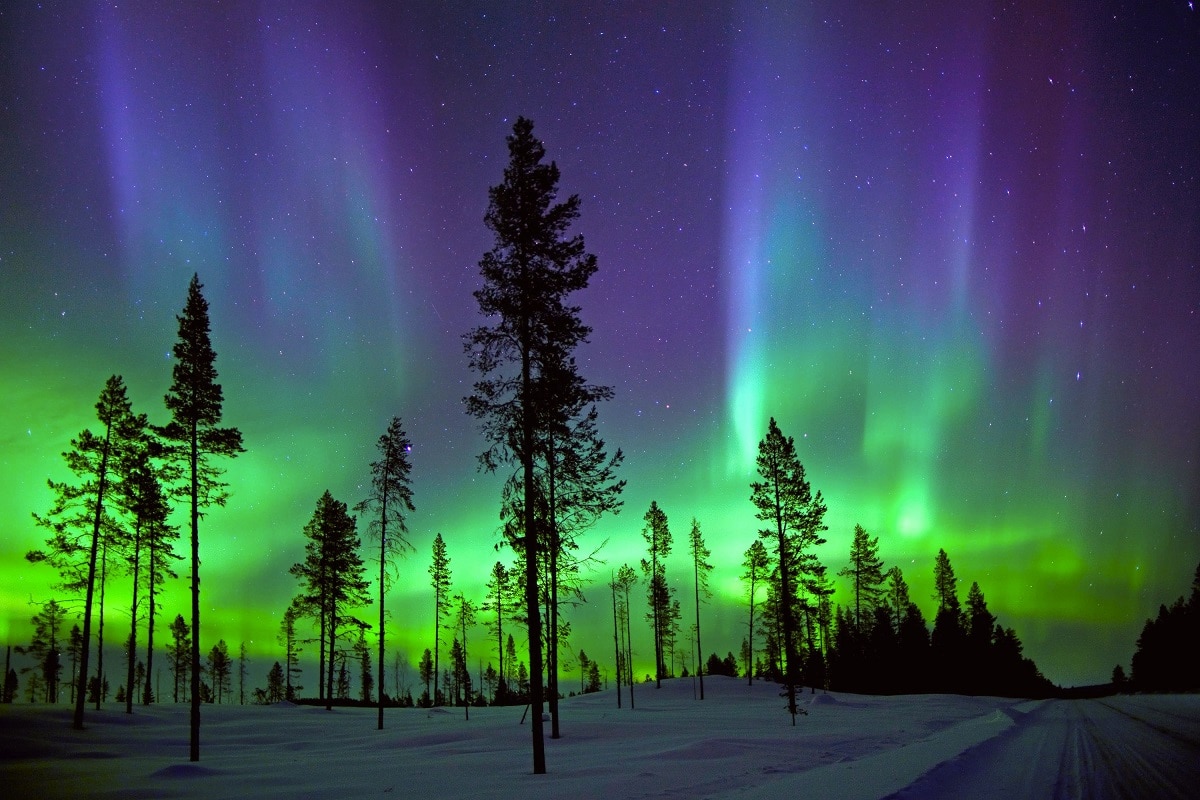
La Northern Lights in Denmark it is a natural spectacle that attracts thousands of visitors every year. The wonderful colored lights that flood its skies are the same that can be seen in other Scandinavian countries such as Norway, Sweden or Finland. However, many believe that the lights that can be seen in the Danish skies are especially beautiful.
However, this wonder is not seen every day. The Northern Lights in Denmark are only observable at a certain time of year and not even every day, as their visibility depends. If you are lucky enough to travel to Denmark and be able to enjoy this wonder, you will take a vision that you will never forget.
What is the Northern Lights?
The aurora borealis (also called polar aurora) is a unique atmospheric phenomenon that manifests itself in the form of glow or luminescence in the night sky. In the southern hemisphere it is known as the southern aurora.
In ancient times it was believed that these mysterious celestial lights had a divine origin. In China, for example, they were known as "dragons of the sky." Only from the seventeenth century began to study the phenomenon from a scientific point of view. We owe the current term "aurora borealis" to the French astronomer Pierre Gassendi. A century later, the first to link the phenomenon with the Earth's magnetic field was the British Edmund halley (the same one that calculated the orbit of Halley's comet).

Northern Lights in Denmark
Today we know that the Northern Lights occur when an ejection of charged solar particles collides with the magnetosphere of the Earth, a kind of shield that surrounds the planet in the form of a magnetic field from both poles. The collision between gaseous particles in the atmosphere with charged particles from the sun's rays causes them to release energy and emit light. This creates vibrant shades of green, pink, blue and purple dancing in the sky This "crash" takes place at heights ranging from 100 to 500 kilometers above the earth's surface.
When to see the Northern Lights in Denmark?
Although they occur throughout the year, the Northern Lights are only visible at certain times. The best time to see the Northern Lights in Denmark is between the months of April and September. During this time of year, the northern hemisphere summer, nights are darker and the sky is less cloudy.
At dusk and after sunset is when these magical lights begin to appear. The Northern Lights (known to the Danes as Northern Lights) amaze foreigners, especially those who come from other latitudes and have not seen this phenomenon before.
Unfortunately, on stormy days or when there is a Monday morning it is almost impossible to witness the magic of the northern lights. If there is a storm, you will not be able to see the Northern Lights, as the sky is too bright for its colors to be correctly reflected to the human eye.
In the next timelapse video, filmed in limfjord In 2019, you can appreciate the full force of this natural spectacle:
Places to observe the Northern Lights in Denmark
Here are some of the best places to see the Northern Lights in Denmark:
- The Faroe Islands. In this archipelago located between the North Atlantic and the Norwegian Sea, there is hardly any light pollution, which is a guarantee of clear and clear skies to contemplate the Northern Lights in all its fullness.
- Pine It is a small peninsula that is located in the extreme north of mainland Denmark. In addition to the latitude, what makes this place a good observation point is the absence of artificial light from human settlements.
- Kjul Strand, a long beach on the outskirts of the city of Hirtshals, from where many ferries leave for Norway.
- Samsø, an island located west of Copenhagen and famous for its excellently preserved natural environment. It is one of the best natural areas of Denmark.
How to photograph the Northern Lights
Almost everyone who witnesses an aurora borealis in Denmark tries to capture the beauty of the phenomenon with their photographic or video cameras, capturing its magic forever.
For the image to be registered correctly, it is necessary use a long exposure setting. In other words, the camera's shutter must remain open for a longer time (10 seconds or more), thus letting more light in.
It is also important use a tripod to ensure the stability of the camera during the exposure period.
In spite of everything, and no matter how well all those videos and photographs go, nothing is comparable to the sensation of observing the ghostly lights of the northern lights gliding through the sky, over our heads. An experience that deserves to be enjoyed at least once in your life.